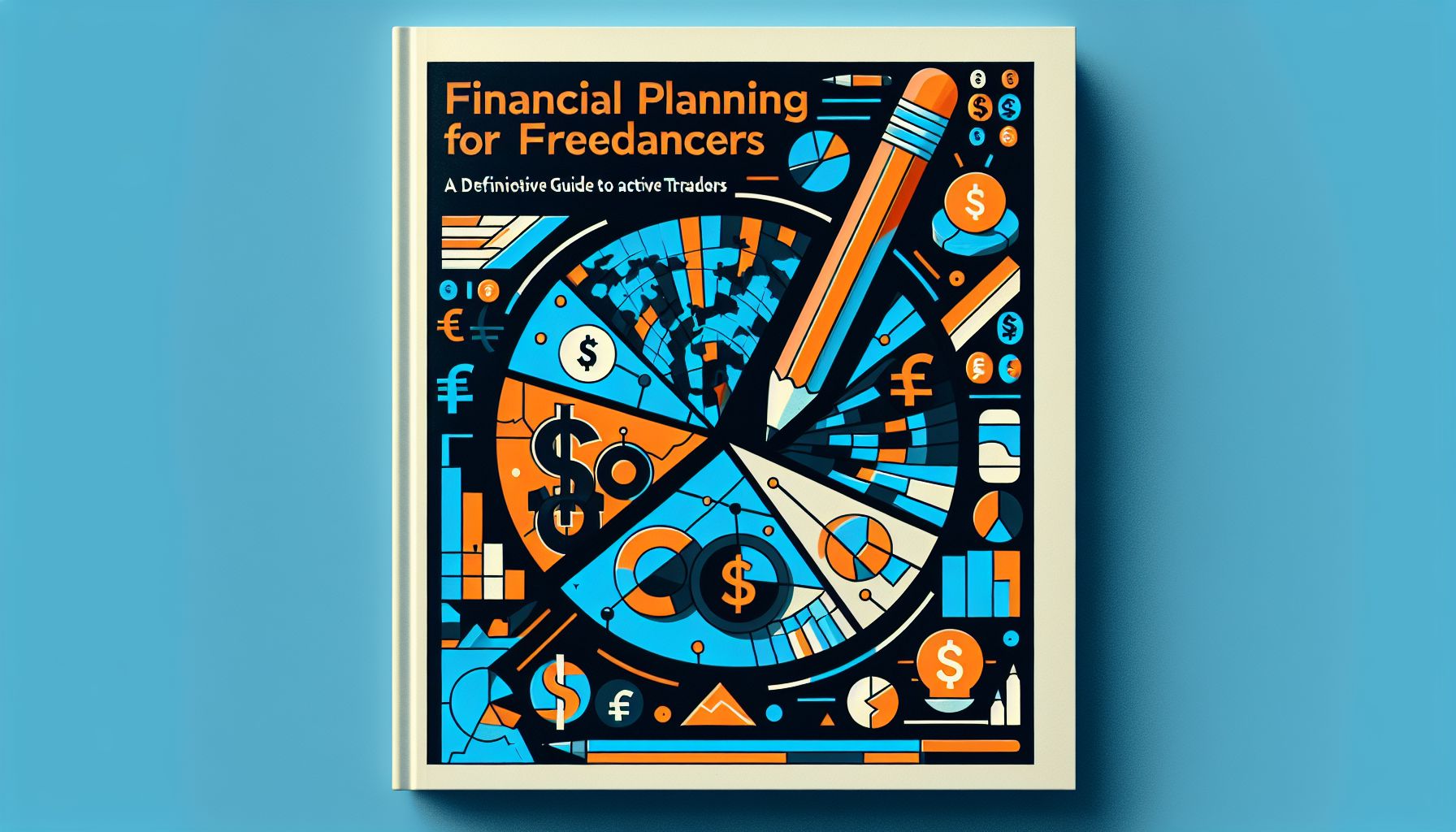
Financial Planning for Freelancers: A Definitive Guide for Active Traders
The freelance lifestyle is a tempting one, involving the freedom to choose when and where you work, to pick your clients, and crucially, to be your own boss. However, it also comes with a unique set of financial challenges that require specific planning. Combine this with an active trading lifestyle, and you’ve got quite a financial puzzle to navigate. Fortunately, this article provides a comprehensive guide on financial planning for freelancers who are also active traders.
Taking Control of Your Financial Stability
As a freelancer, having a fluctuating income is a reality. Your earnings may vary widely from month to month, affected by factors such as project availability or market demand for your services. This irregularity may make it more difficult to manage your cash flow, particularly if you also engage in active trading.
Active trading often involves dealing with volatile markets and frequent transactions, which can tax your available capital heavily. Therefore, the first rule of financial planning for freelancers who are active traders is effective cash flow management. Regularly analyze your expenses, segregate personal and professional costs, and aim to maintain a pool of funds that covers at least 3-6 months of living and trading expenses.
Remember, the goal here is not just to stay afloat but to be comfortable enough to navigate turbulent markets without jeopardizing your livelihood.
Diversifying Your Income Streams
Given the inherent volatility in markets and freelance incomes, diversification is crucial. As an active trader, you may already know the benefits of diversifying your portfolio. The same philosophy applies when planning your income streams.
Developing multiple income streams can give freelancers a cushion during lean times, providing term-to-term stability. These additional income streams can include creating online courses, providing consulting services, writing blogs, or even investing in dividend-paying stocks.
Tax Planning and Retirement
One area freelancers often overlook is tax planning. As a freelancer, you’re essentially running your own business, which means you need to account for and pay your own taxes. Often, there can be specific deductions and allowances for freelancers that can significantly reduce tax liability.
Similarly, retirement planning is another area that freelancers can’t afford to ignore. Regular employment often comes with retirement benefits like 401(k) contributions, which freelancers need to manage themselves. Plan your retirement diligently and consider options like setting up an Individual Retirement Account (IRA) or a Simplified Employee Pension Plan (SEP).
Investing in Your Financial Education
As a freelancer and active trader, your greatest asset is your knowledge. Hence, investing in your financial education and learning about market dynamics, investment strategies, and financial management techniques is critical. Numerous free or inexpensive online resources like webinars, e-books, and podcasts can help you make informed financial decisions.
Financial planning for freelancers involves striking the right balance between flexibility, financial stability, and growth. As a freelancer and active trader, a carefully crafted financial plan can provide a roadmap to navigate both your professions effortlessly. Remember, the key is to be regular, systematic, and proactive in your approach to managing your finances.
In conclusion, while freelancing and active trading both present unique financial challenges, they also offer enormous potential for financial freedom. A dedicated financial plan that covers everything from cash flow management, diversification, tax planning, retirement, to financial education can help freelancers thrive in both roles. After all, financial freedom is not just about making money, but also about cultivating the financial intelligence and resilience to sustain and grow it.










